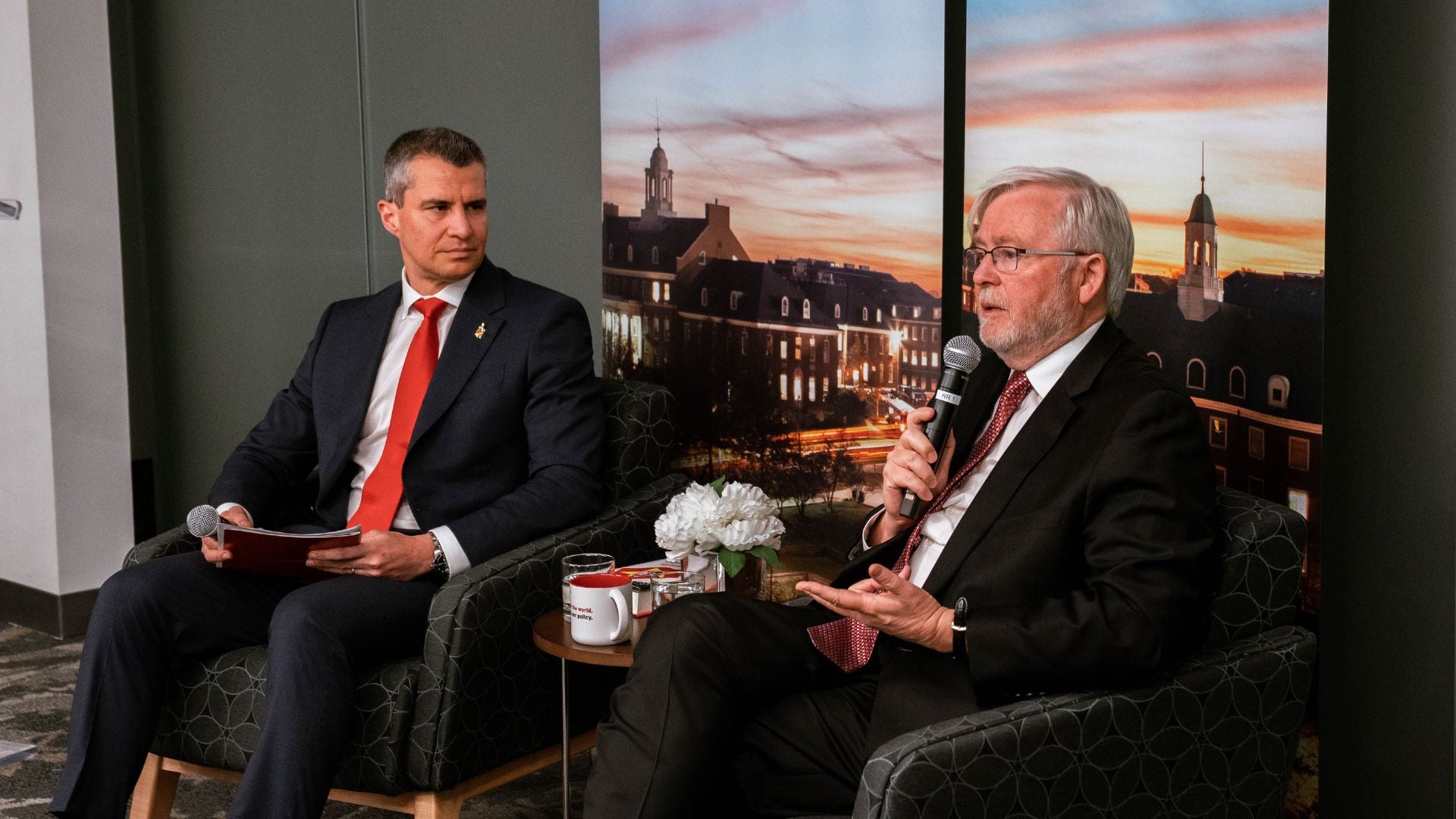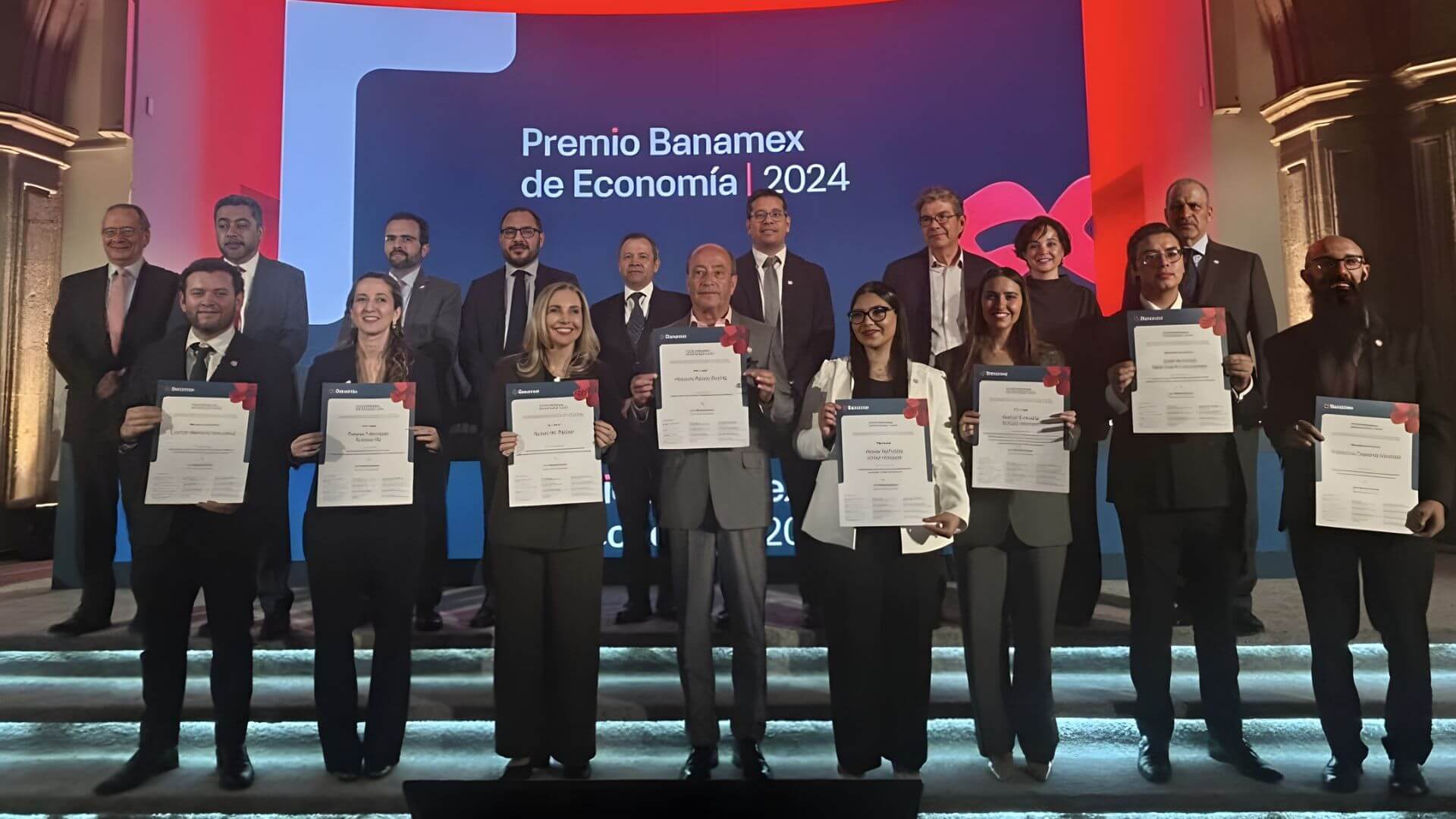
Money laundering is an ongoing and pervasive threat that impacts economies worldwide. According to the United Nations Office on Drugs and Crime, the estimated amount of money laundered annually is 2-5% of the global GDP, or $800 billion - $2 trillion in current U.S. dollars. A recent study by University of Maryland Distinguished University Professor Peter Reuter and Dutch economist Joras Ferwerda from Utrecht University published in the journal Risk Analysis has uncovered major weaknesses in the National Risk Assessments (NRAs) conducted by eight of the most financially important countries. Their study examines critical gaps in understanding and addressing money laundering risks.
Reuter offered some historical context. The Financial Action Task Force (FATF) – established in 1989 at the instruction of the G7 nations to devise policies combating money laundering and safeguarding financial interests – has been instrumental in shaping anti-money laundering (AML) efforts in every country, including the United States. Its mandate was expanded in 2001 to include combating terrorism financing. As part of its directives, the FATF emphasizes the importance of NRAs as fundamental elements of robust AML strategies. These assessments are designed to identify the types of transactions and customers most susceptible to money laundering activities, providing important insights for regulatory agencies and financial institutions worldwide.
However, Ferwerda and Reuter's study revealed that national risk assessments of money laundering are lacking in both methodology and focus. Each of the eight countries has taken its own approach with very inconsistent practices and standards. Ferwerda and Reuter’s research uncovered that many NRAs seem to serve primarily as box-checking exercises rather than genuine efforts to understand and mitigate money laundering risks.
Reuter and Ferwerda's examination of NRAs from eight influential countries: Canada, Italy, Japan, Netherlands, Singapore, Switzerland, the U.K. and the U.S., highlights an urgent need for improvement. The study found that current NRAs often depend heavily on expert opinions, often poorly analyzed, and lack quantitative data. This practice makes the assessments less accurate and reliable, leading to gaps in identifying and stopping money laundering. Despite significant resources dedicated to AML efforts and the penalties imposed on financial institutions for detection failures, the study discovered that NRAs lack depth and effectiveness.
The study also noted the apparent absence of a learning culture among governments, with NRAs often viewed as checkboxes that satisfy FATF requirements rather than opportunities for genuine improvement. Only the Dutch government provided a detailed account of their NRA development process, according to the study. Reuter and Ferwerda suggest that to overcome the obstacles to effective NRAs, there needs to be increased transparency in the preparation of NRAs and cooperation among nations. They propose that documenting NRA methodologies and exchanging best practices could promote the sharing of knowledge and prevent governments from repeating past mistakes.
While some early missteps in implementing NRAs are understandable, Reuter says the failure to improve and refine these assessments poses a major setback in the global fight against money laundering. As governments work to strengthen their AML frameworks, the study highlights an urgent need for a more coordinated and knowledgeable approach to evaluating and addressing money laundering risks worldwide.




